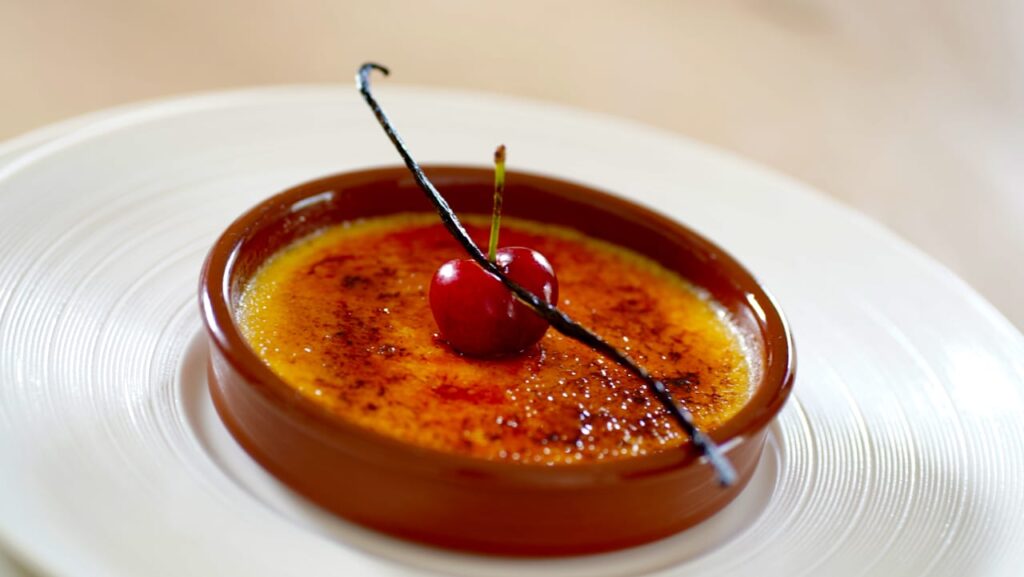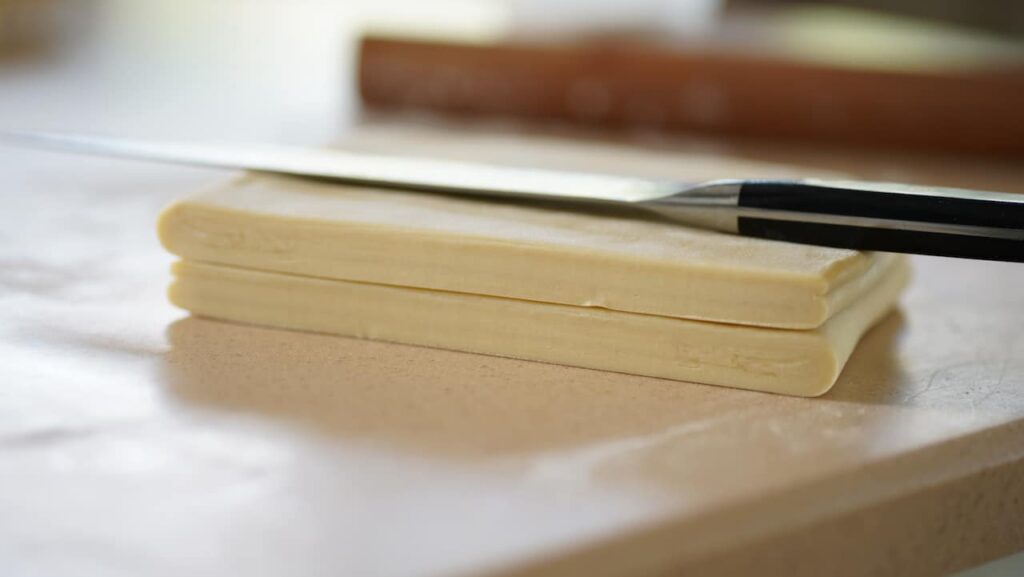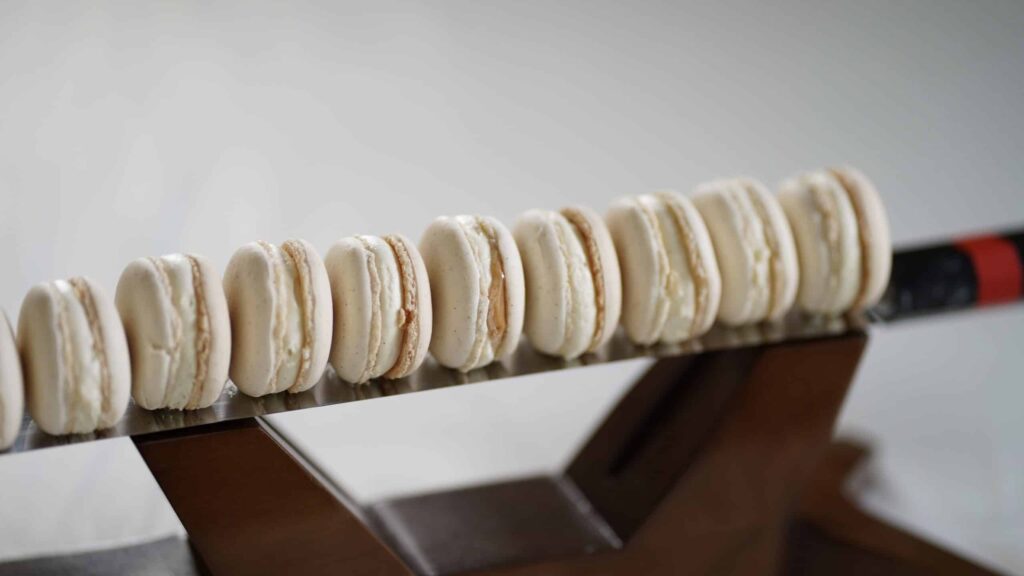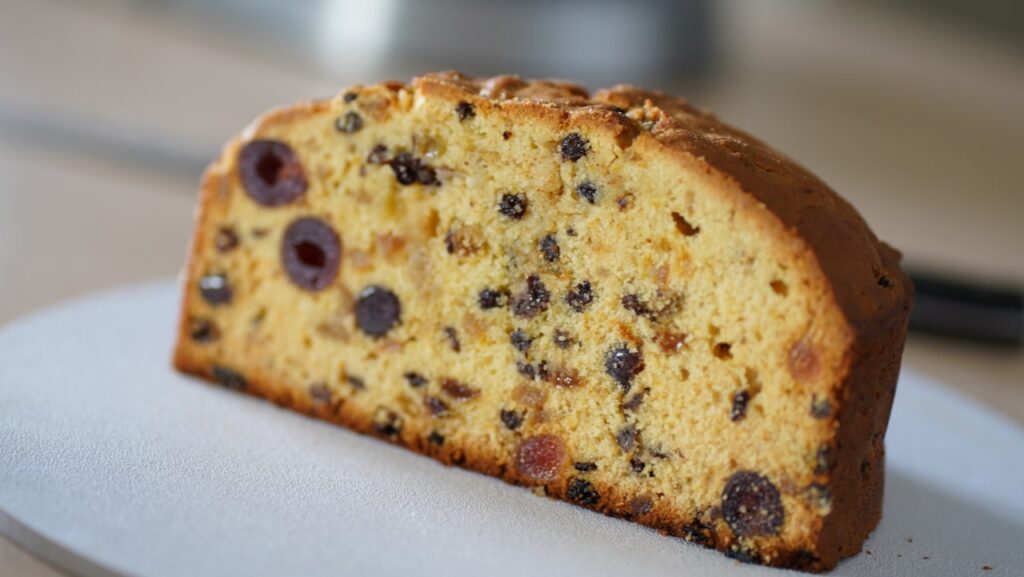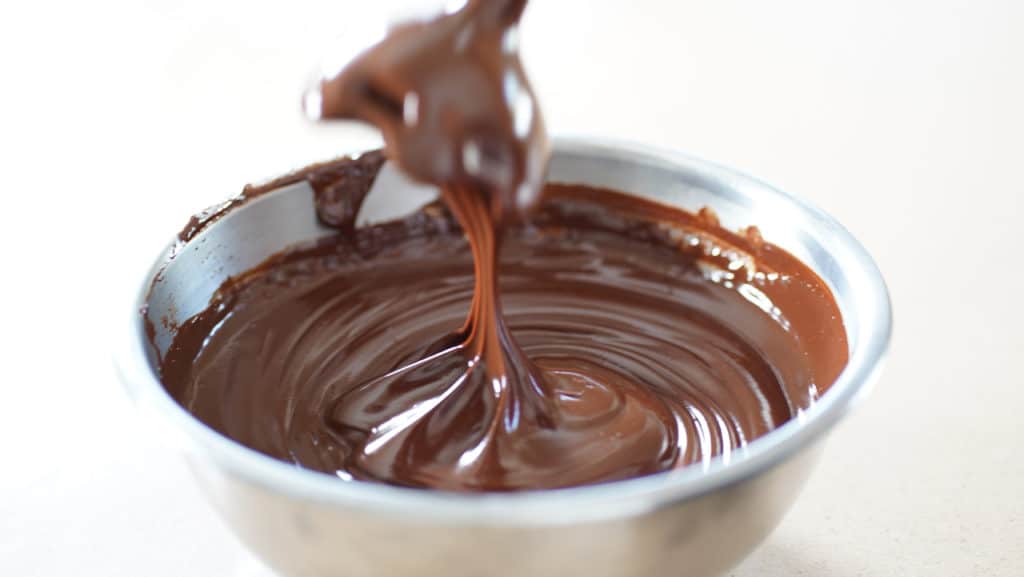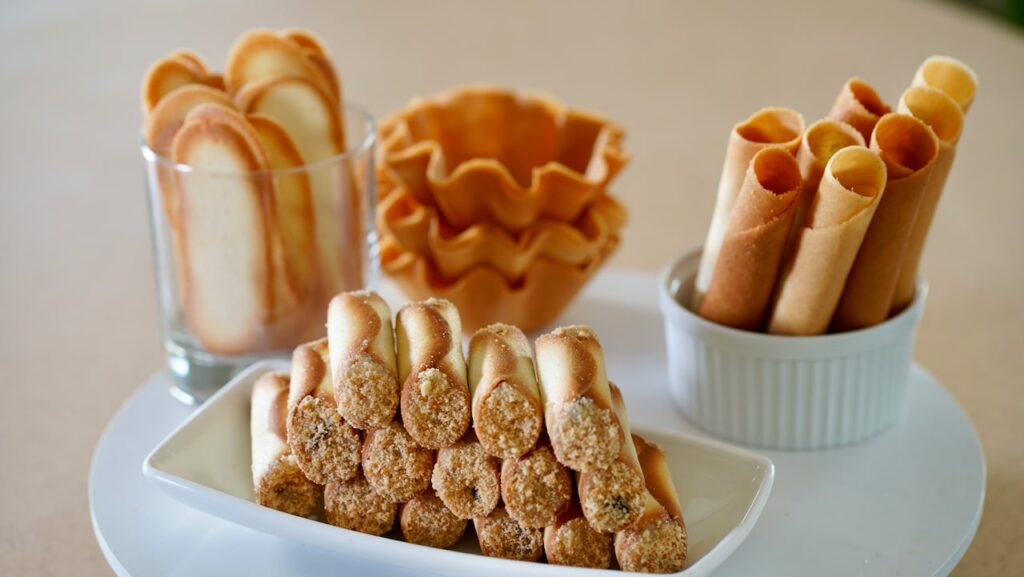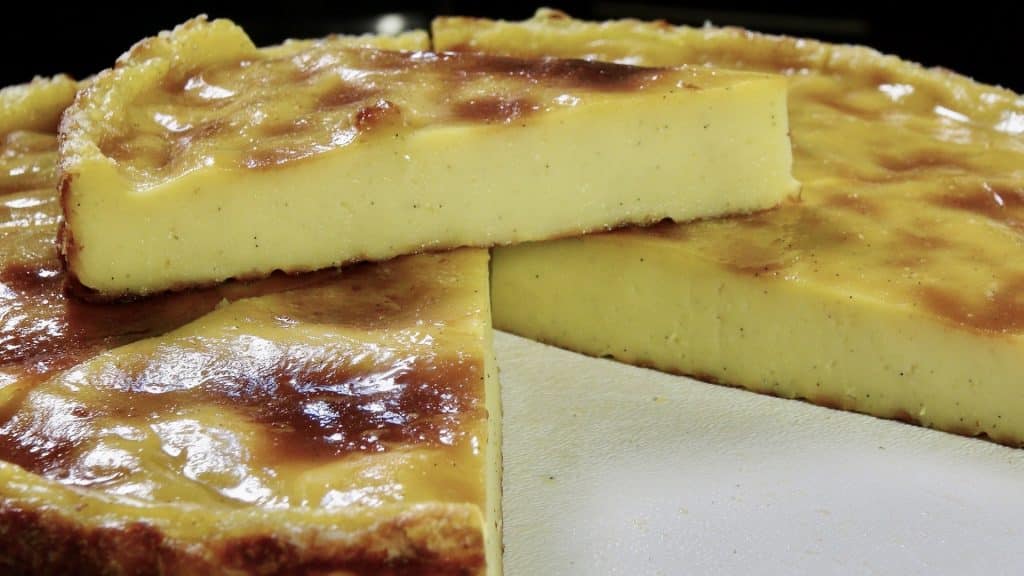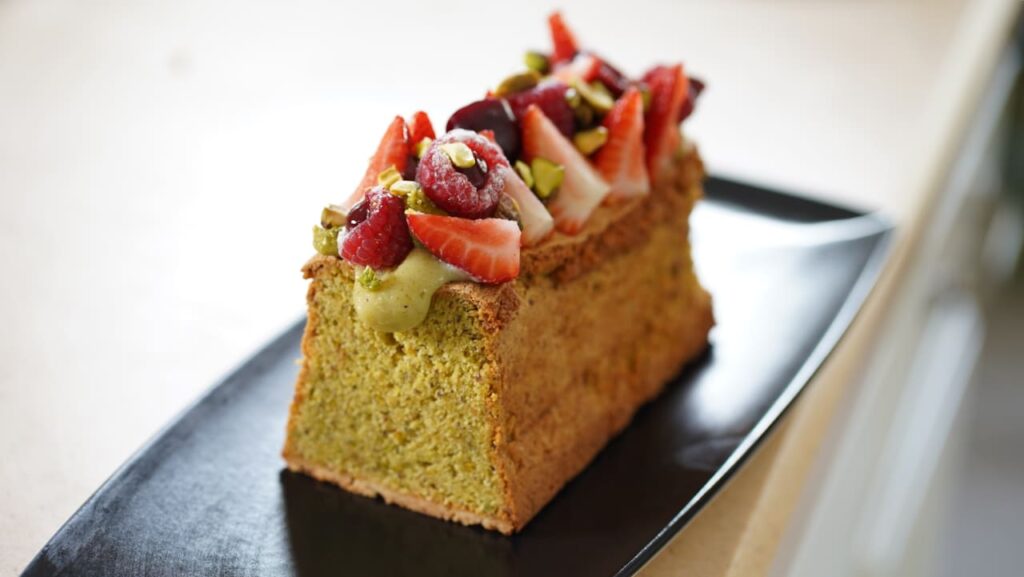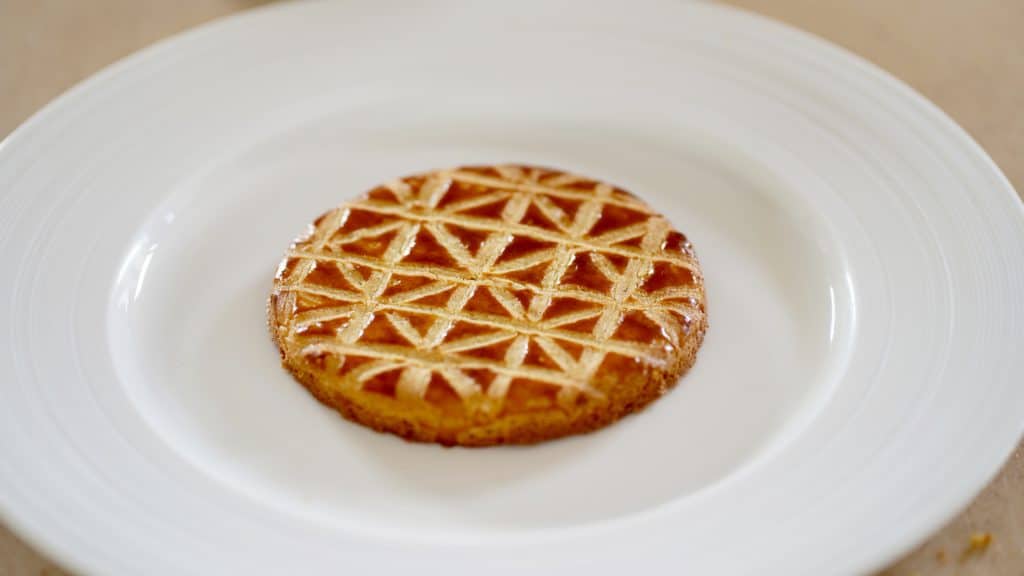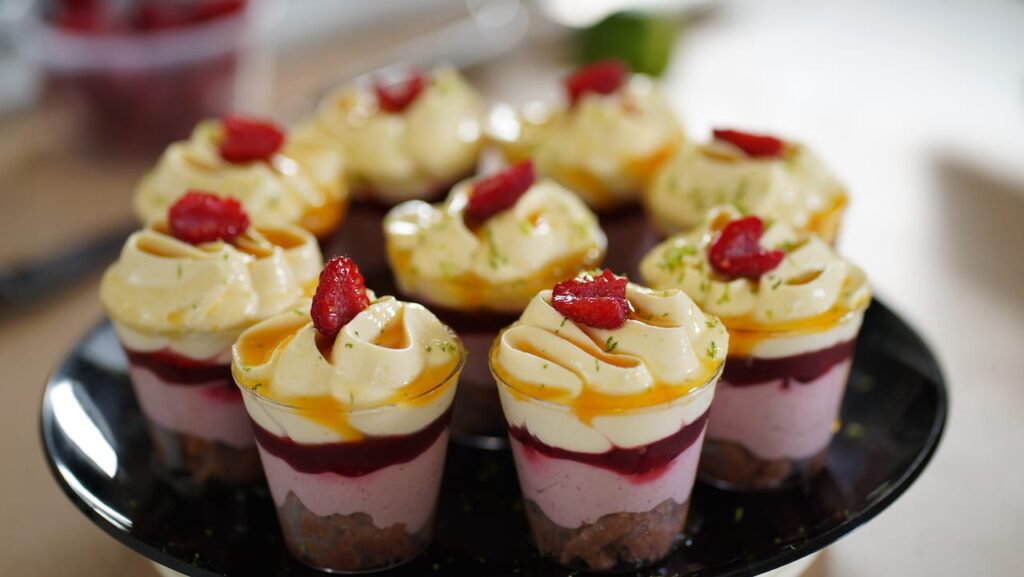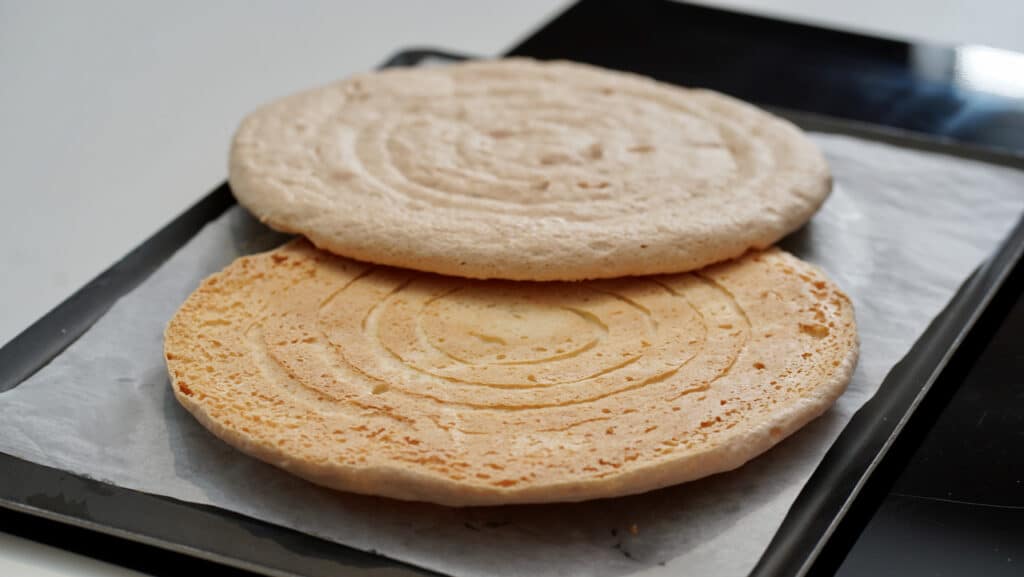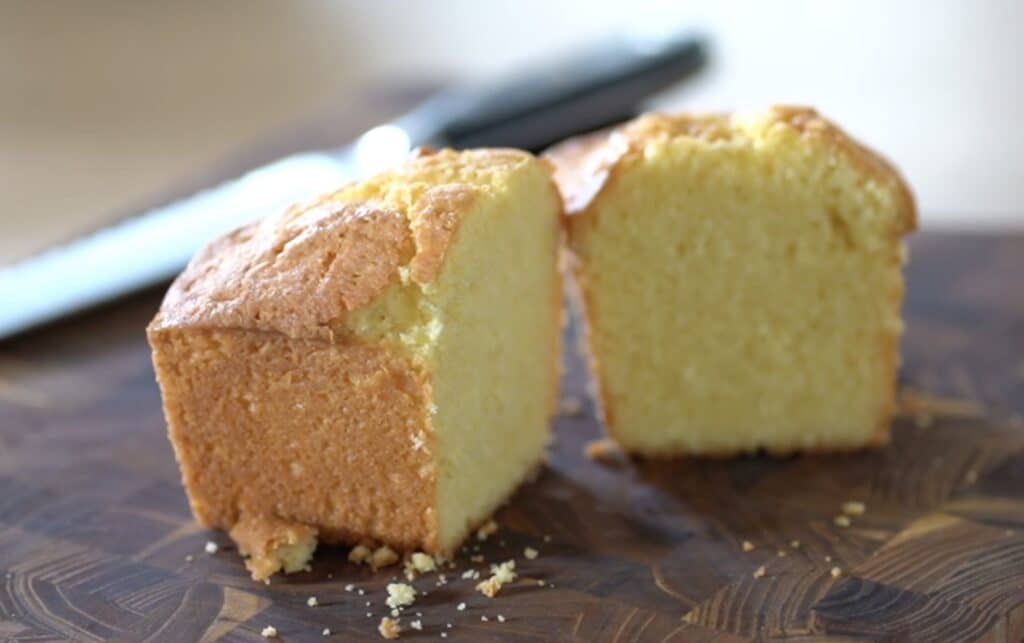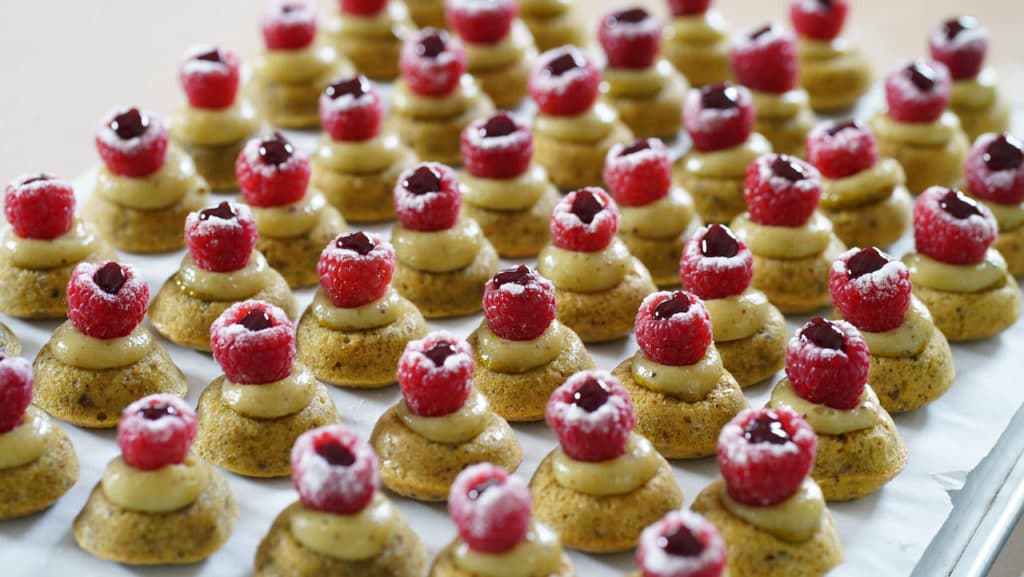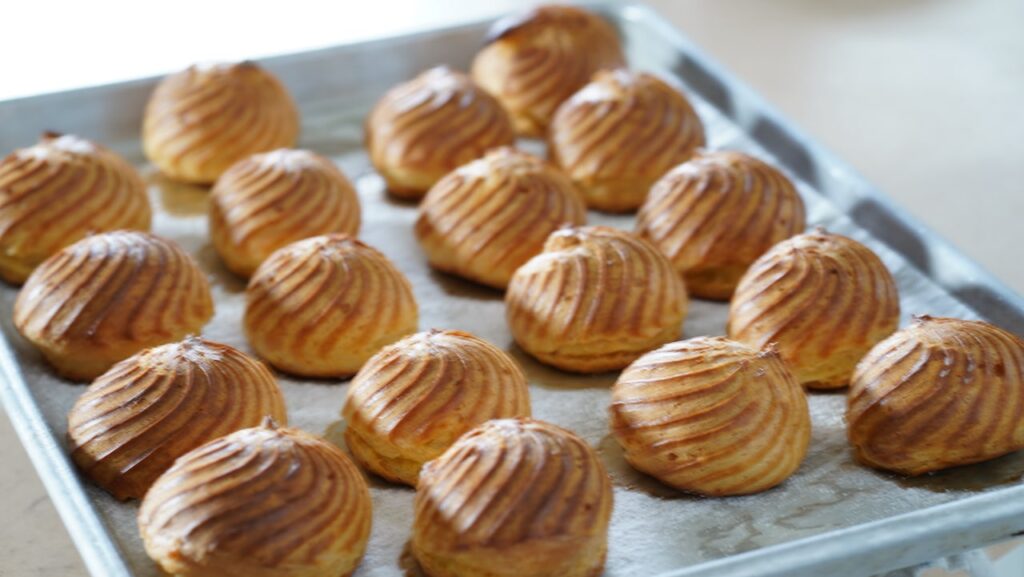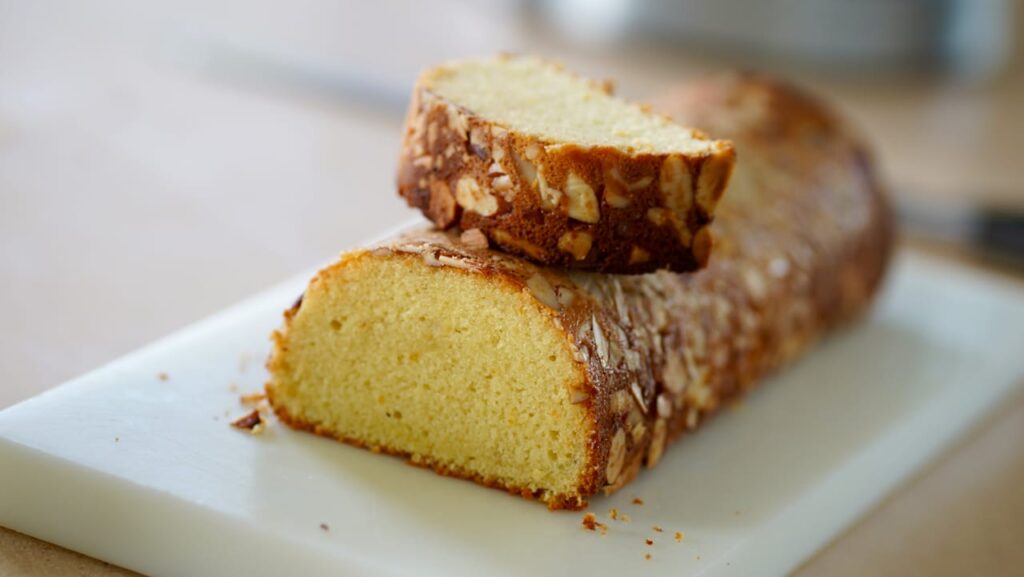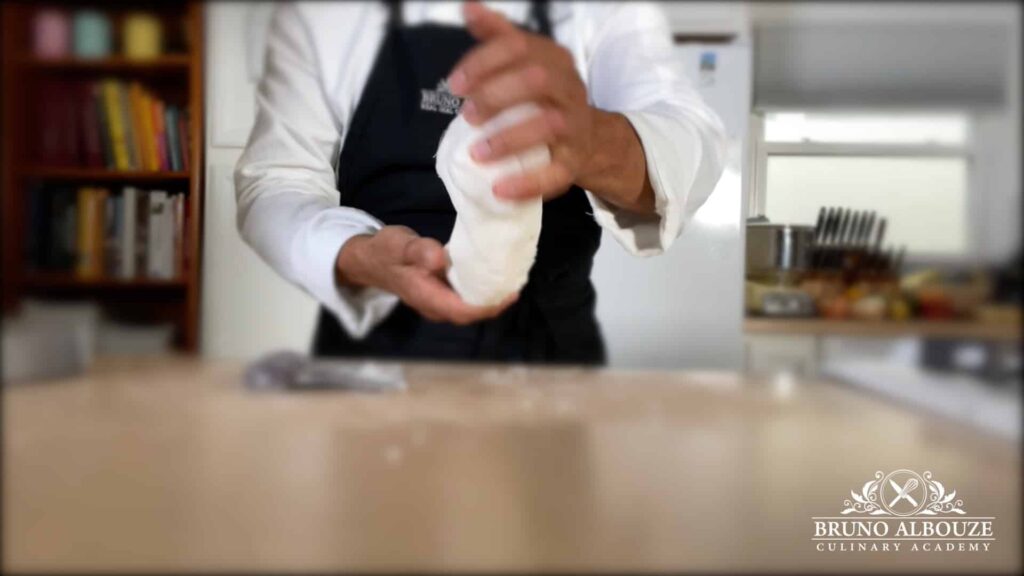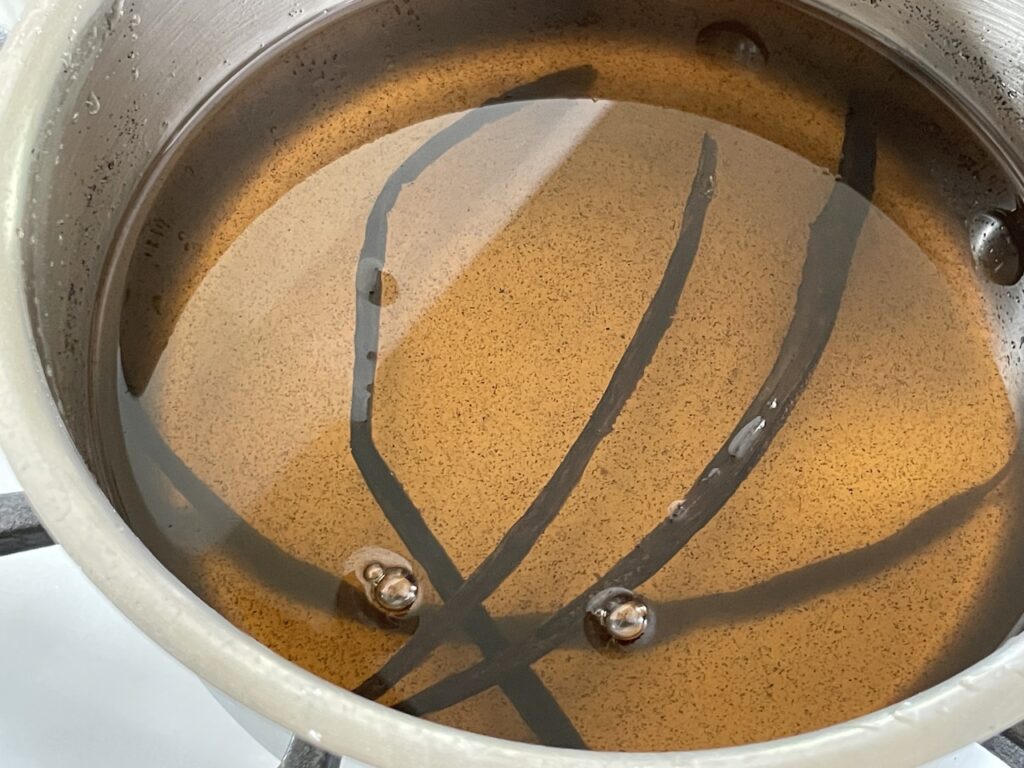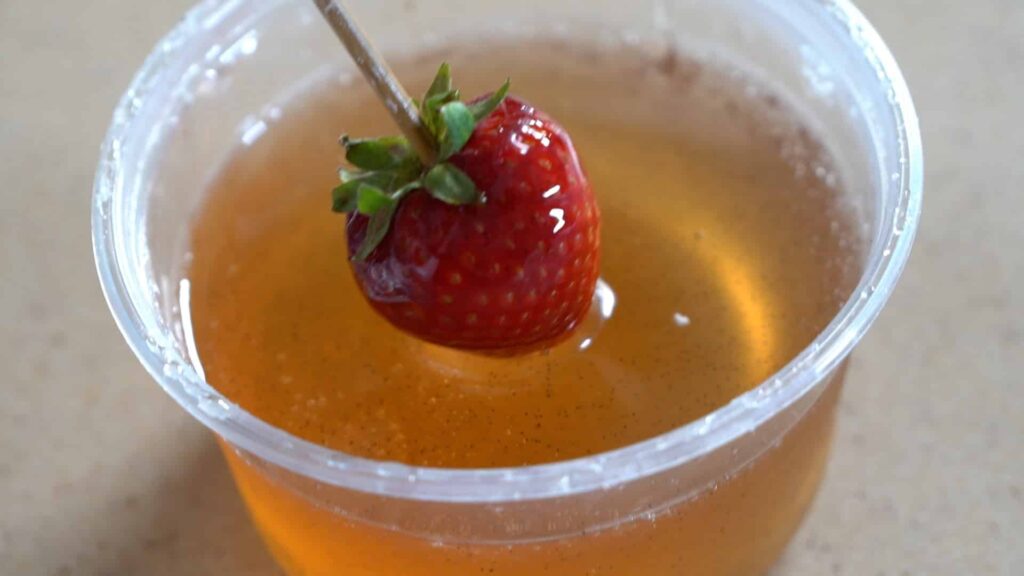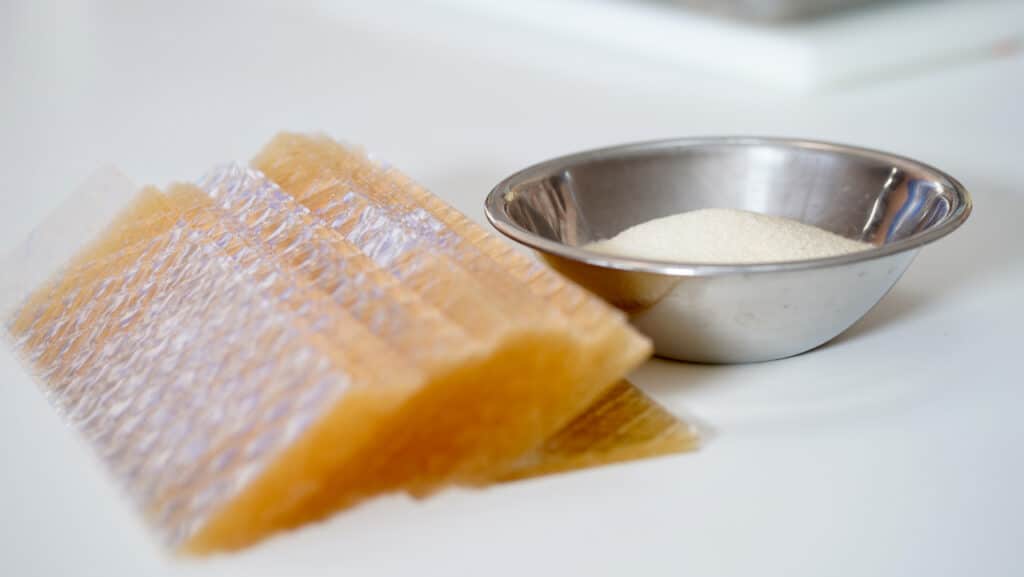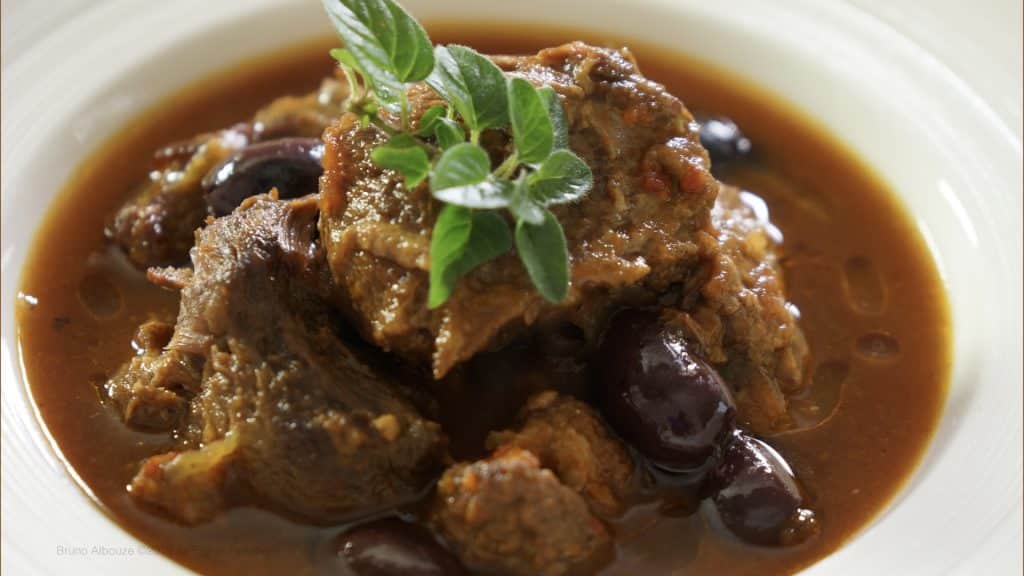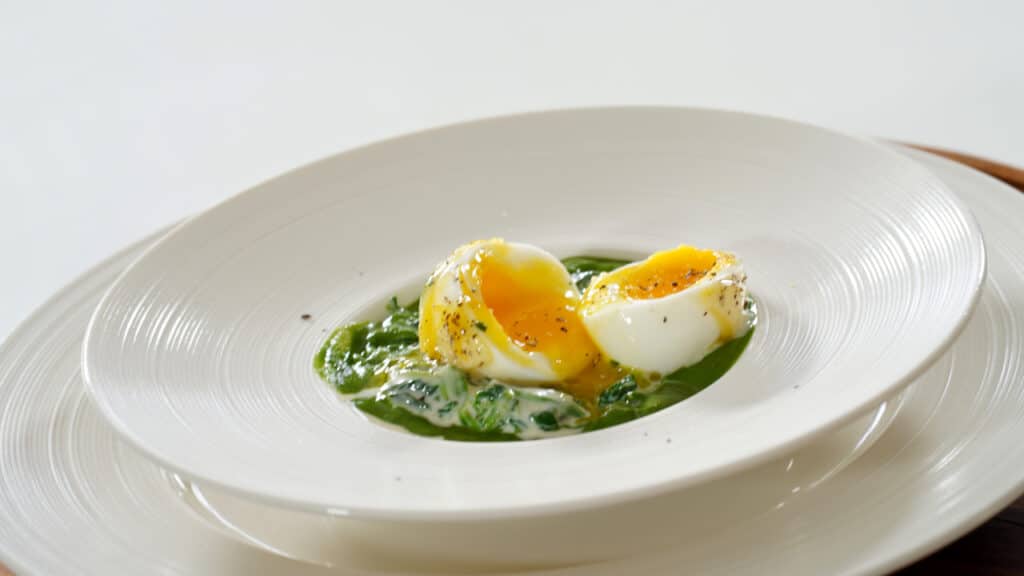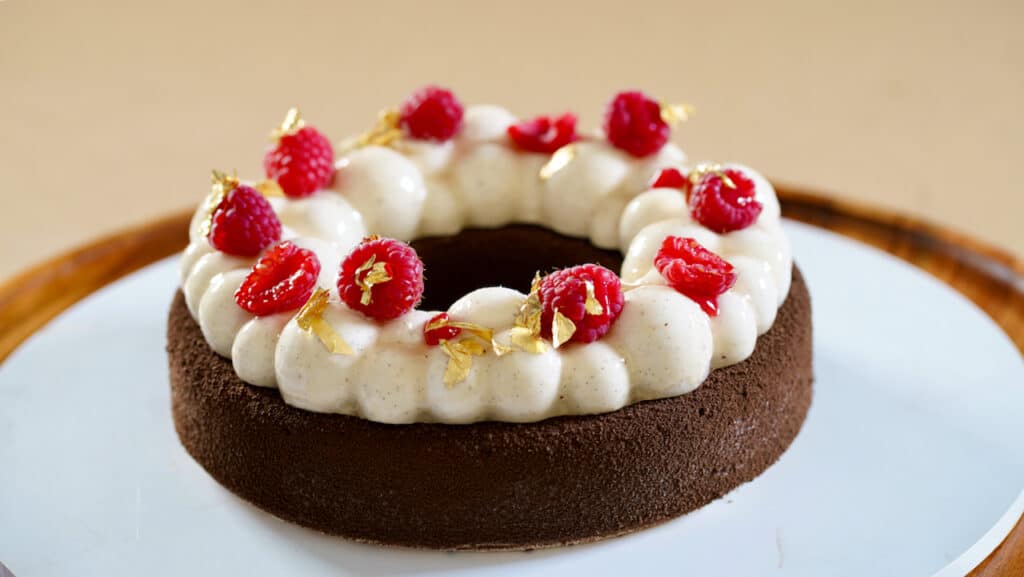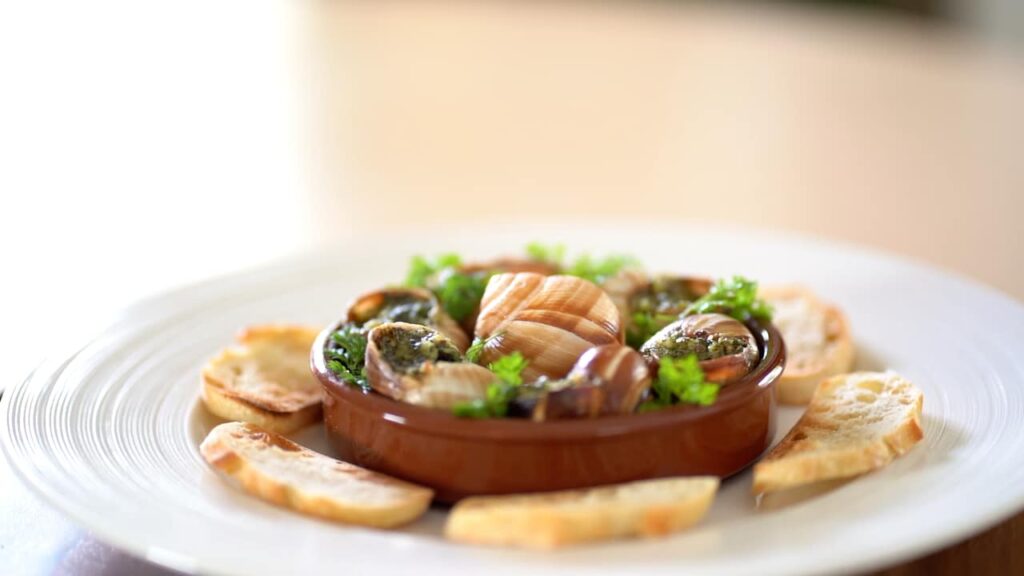Ah, the classic French Macaron! Did you know that this delicate and colorful treat has a fascinating history dating back to the 17th century in France? The first written macaron recipe appeared in France, and it quickly gained popularity, especially during difficult times like the French Revolution. Two resourceful Carmelite nuns in Nancy, known as the Macaron Sisters, even baked and sold macarons to survive during this turbulent period. Fast forward to the 19th century, when Parisian confectioners put their own twist on the macaron, creating what we now know as the Macaron Parisien – two meringue cookies sandwiched together with a flavorful filling. Thanks to iconic pâtisseries like Ladurée, founded in 1862 by Louis-Ernest Ladurée, the Macaron Parisien became a beloved French delicacy enjoyed worldwide. This exquisite dessert has come a long way from its humble beginnings to become a symbol of French culinary expertise and artistry. With a crisp exterior, a chewy interior, and a delectable filling, each bite of a French Macaron is a delightful experience for the senses.

